Gas Detection Technologies:
There are variety of gas detection technologies in use today for sensing or measuring the hazardous gas like H2S, Hydrocarbon etc… in oil & gas industries. Among the most commonly employed are:
• Catalytic Bead
• Metal Oxide Semiconductor (also known as “solid state”)
• Point Infrared Short Path
• Open (Long Path) Infrared
• Photoacoustic Infrared
• Electrochemical for Toxic Gas Detection
• Electrochemical for Oxygen Detection
• Thermal Conductivity
• Photoionization
• NDIR
The Operation of each Gas Detection technology summarizes as follows:
Also Read : Gas Detection System Question & Answers
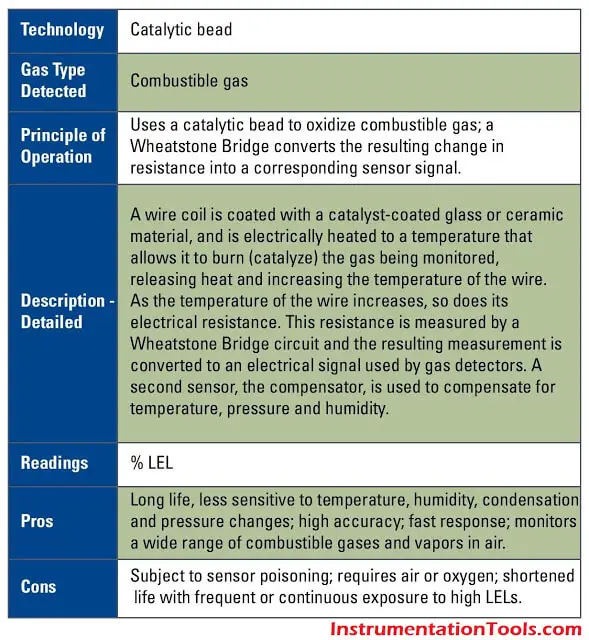 |
| Catalytic Bead Gas Detection Sensor Principle |
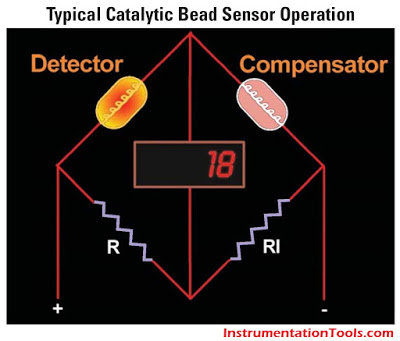 |
| Catalytic Bead Gas Detection Sensor Diagram |
2. Metal Oxide Semiconductor
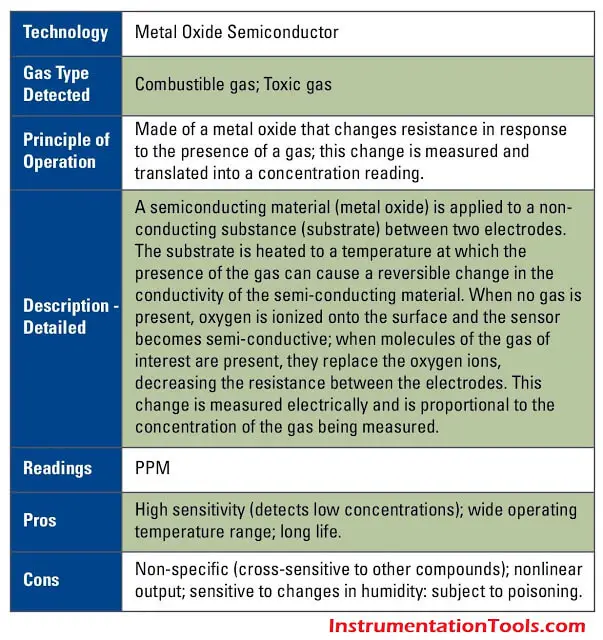 |
| Metal Oxide Semiconductor Gas Detection Sensor Principle |
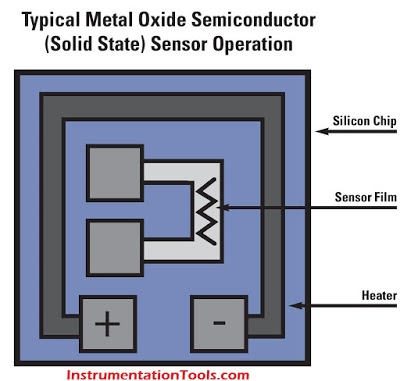 |
| Metal Oxide Semiconductor Gas Detection Sensor Diagram |
Also Read : Fire & Gas System Interview Questions
3. Point Infrared Short Path
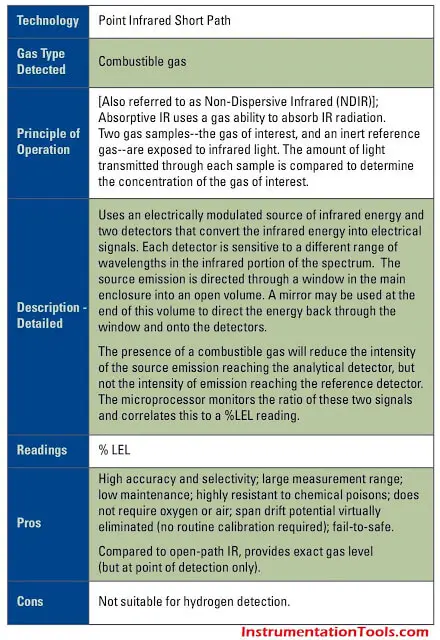 |
| Point Infrared Short Path Gas Detection Sensor Principle |
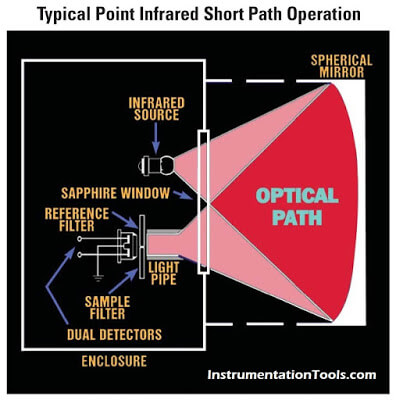 |
| Point Infrared Short Path Gas Detection Sensor Diagram |
4. Open (Long Path) Infrared
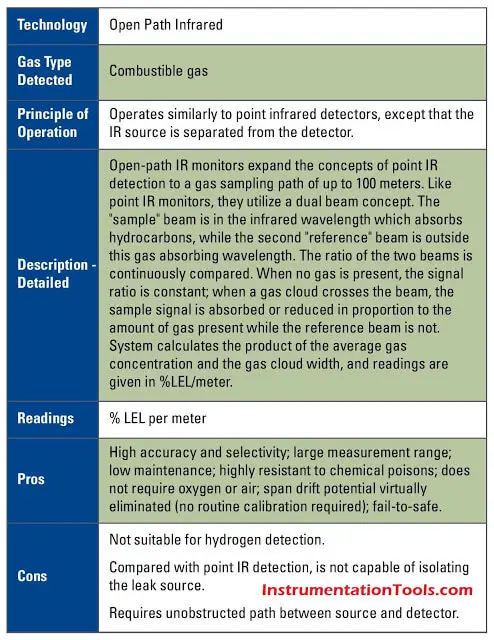 |
| Open & Long Path Infrared Gas Detection Sensor Principle |
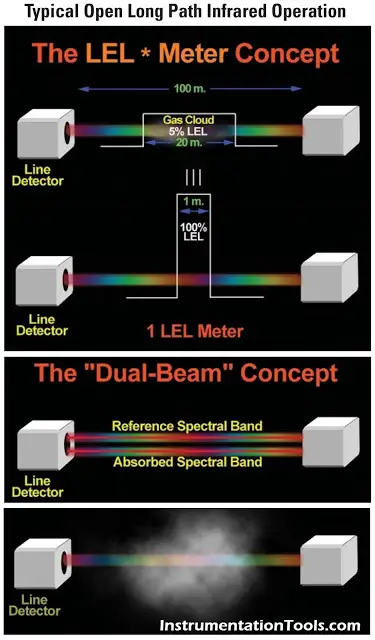 |
| Point Infrared Short Path Gas Detection Sensor Diagram |
Also Read : Control Systems & SCADA related interview questions
5. Thermal Conductivity
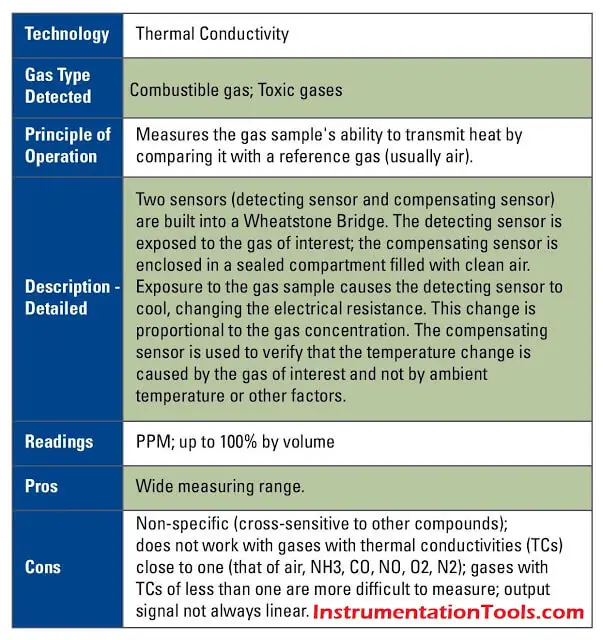 |
| Thermal Conductivity Gas Detection Sensor Principle |
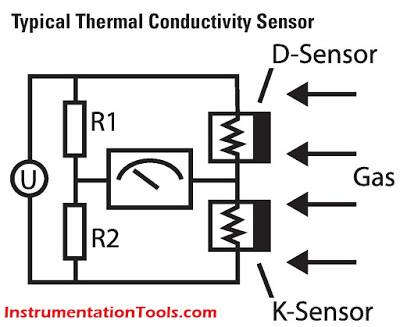 |
| Thermal Conductivity Gas Detection Sensor Diagram |
6. Photoionization
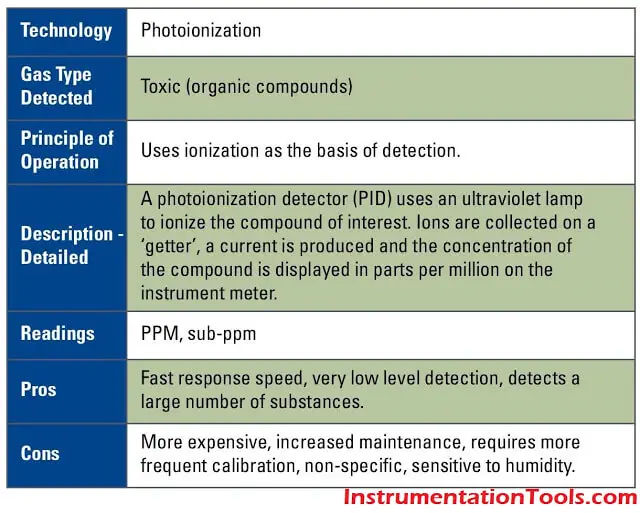 |
| Photo-ionization Gas Detection Sensor Principle |
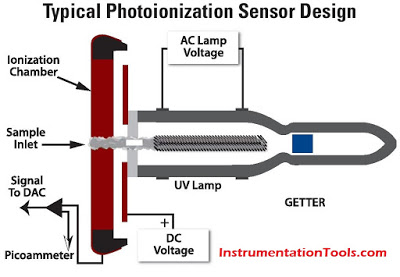 |
| Photo-ionization Gas Detection Sensor Diagram |
7. Electrochemical for Toxic Gas Detection
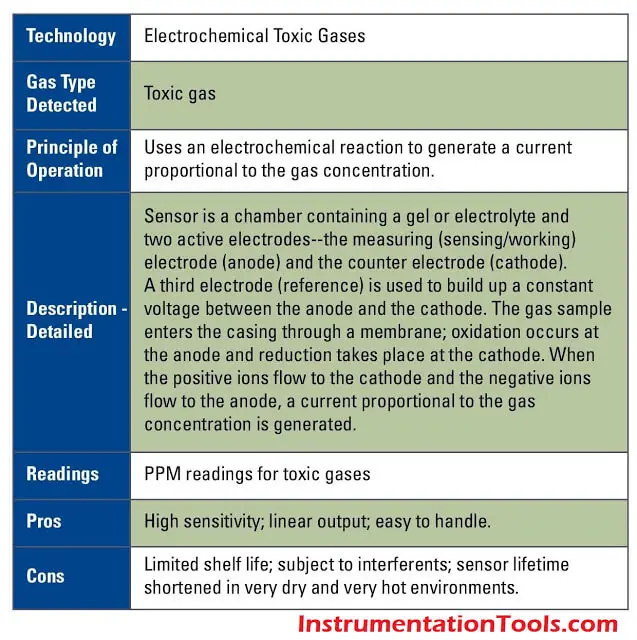 |
| Electrochemical Toxic Gas Detection Sensor Principle |
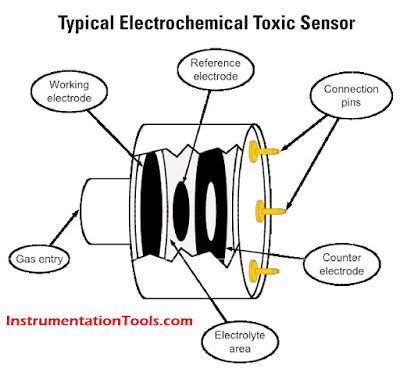 |
| Electrochemical Toxic Gas Detection Sensor Diagram |
Also Read : Basics of Systems Questions & Answers for Interview
8. Photoacoustic Infrared
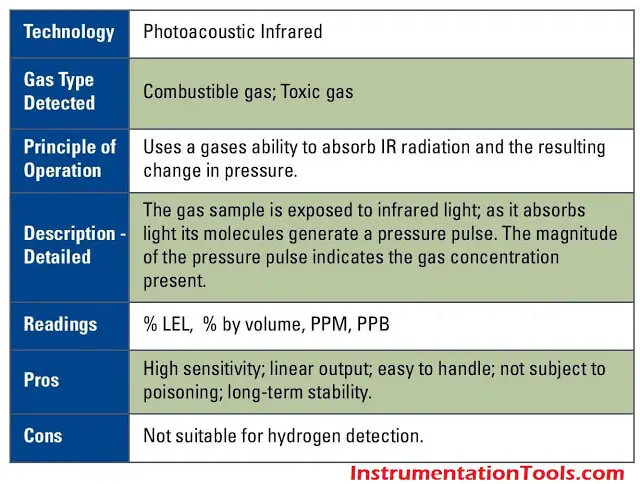 |
| Photoacoustic Gas Detection Sensor Principle |
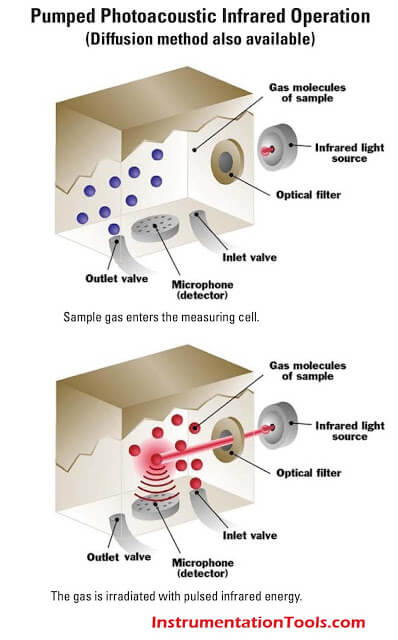 |
| Photoacoustic Gas Detection Sensor Working |
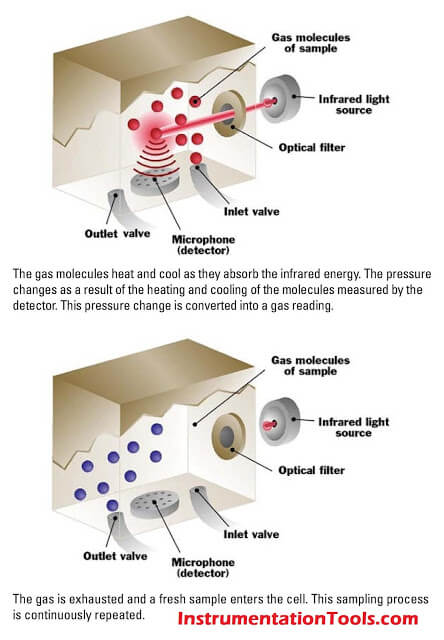 |
| Photoacoustic Gas Detection Sensor Working |
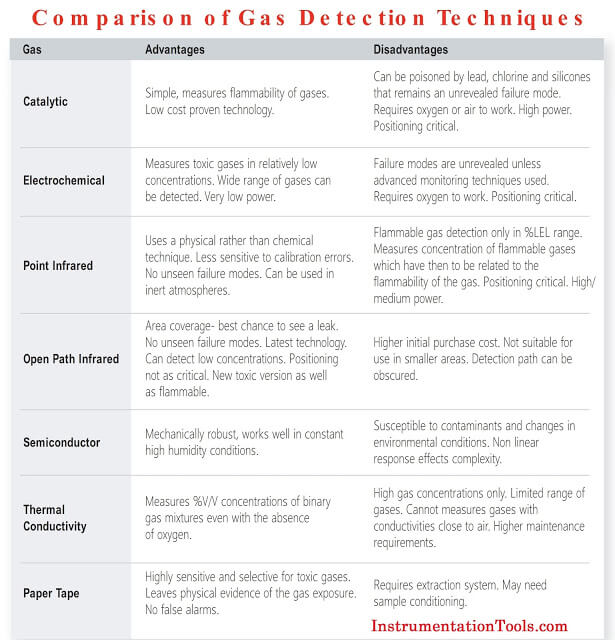

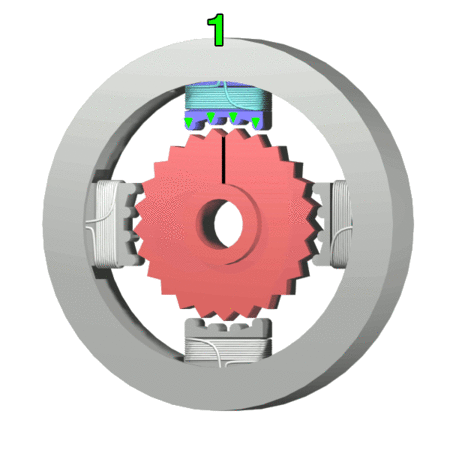
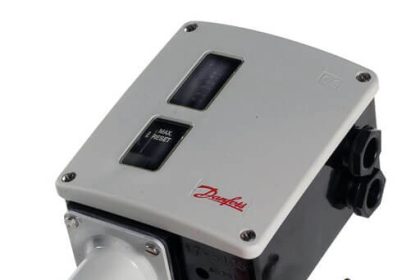
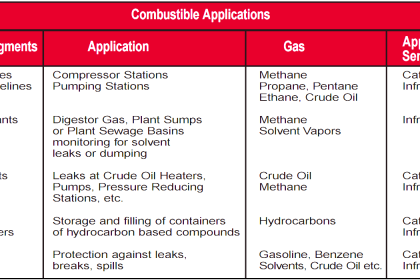
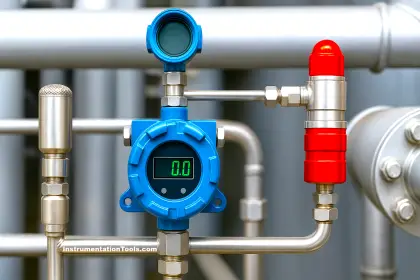
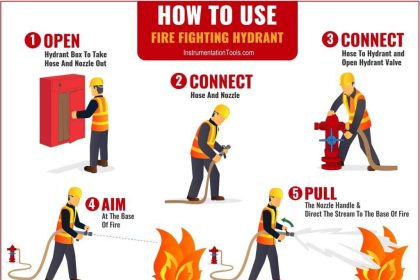
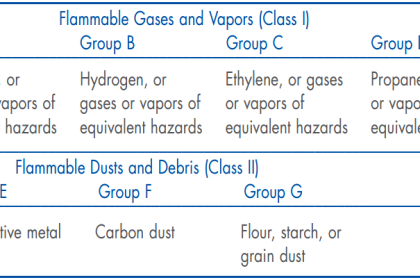
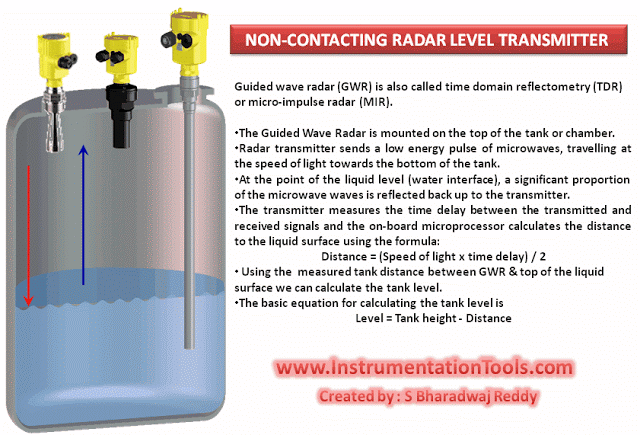
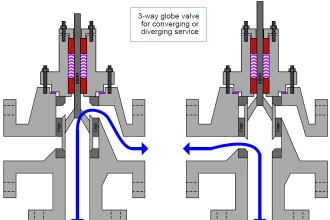
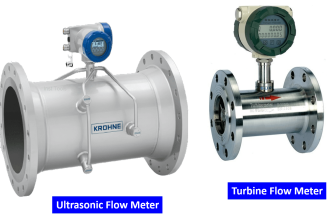


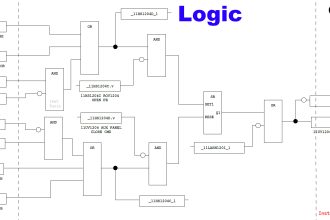

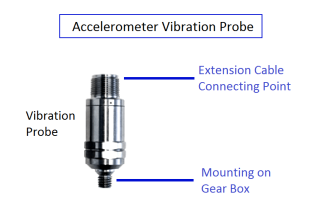
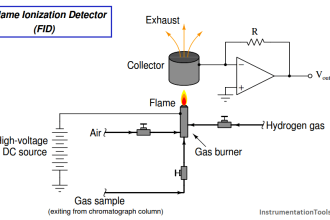

Gas Detectors Explanations was very good. covered all major types. Principles, Advantages, Disadvantages, Diagrams are very good.